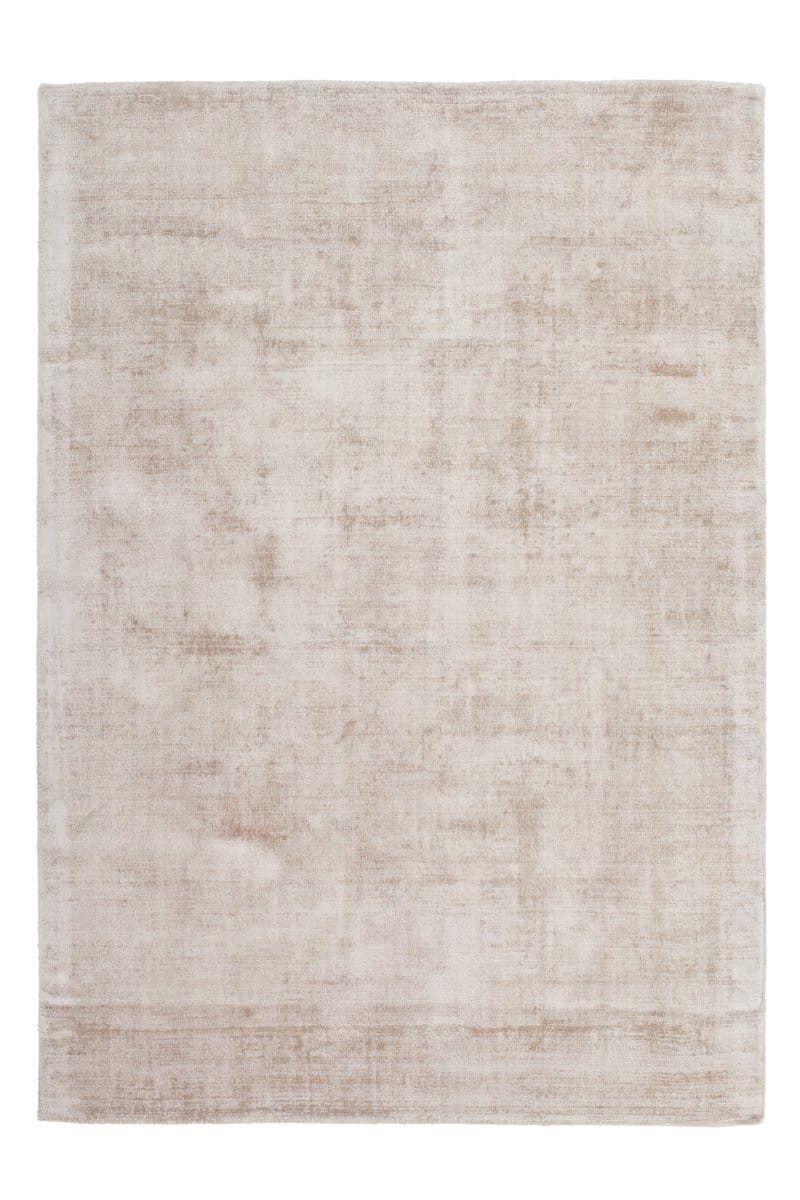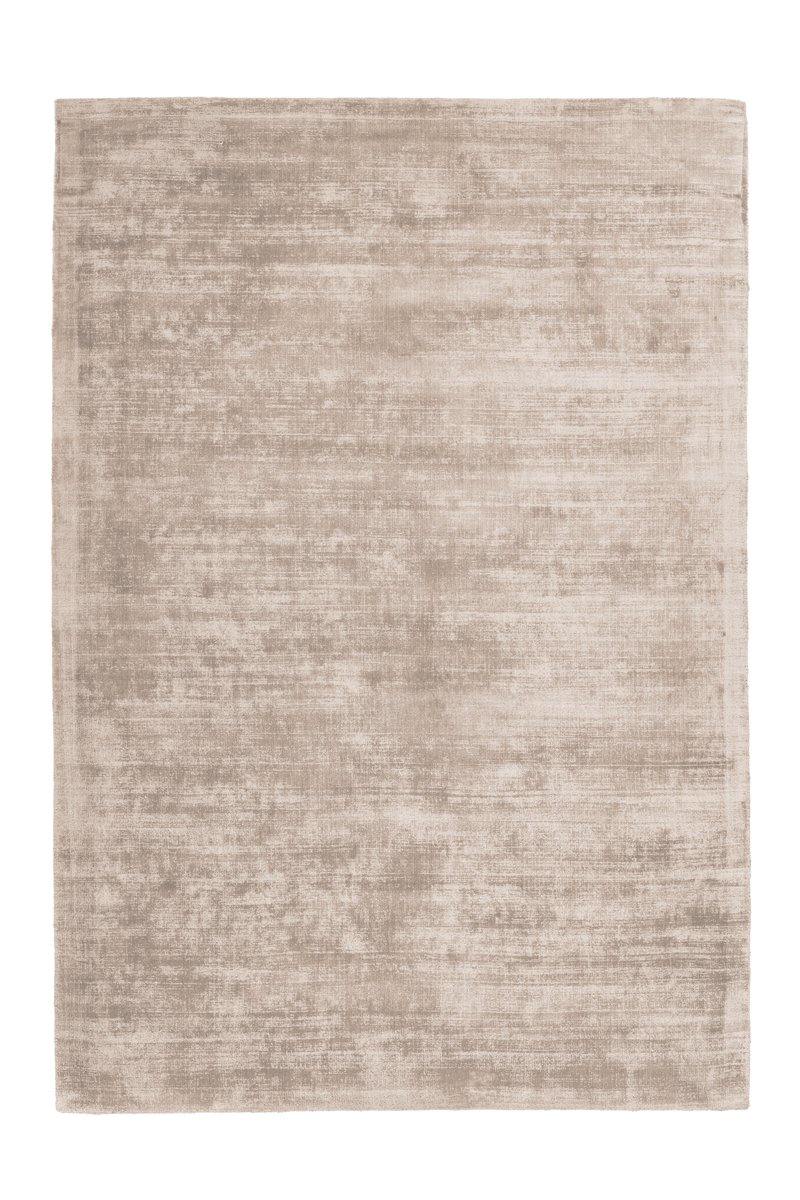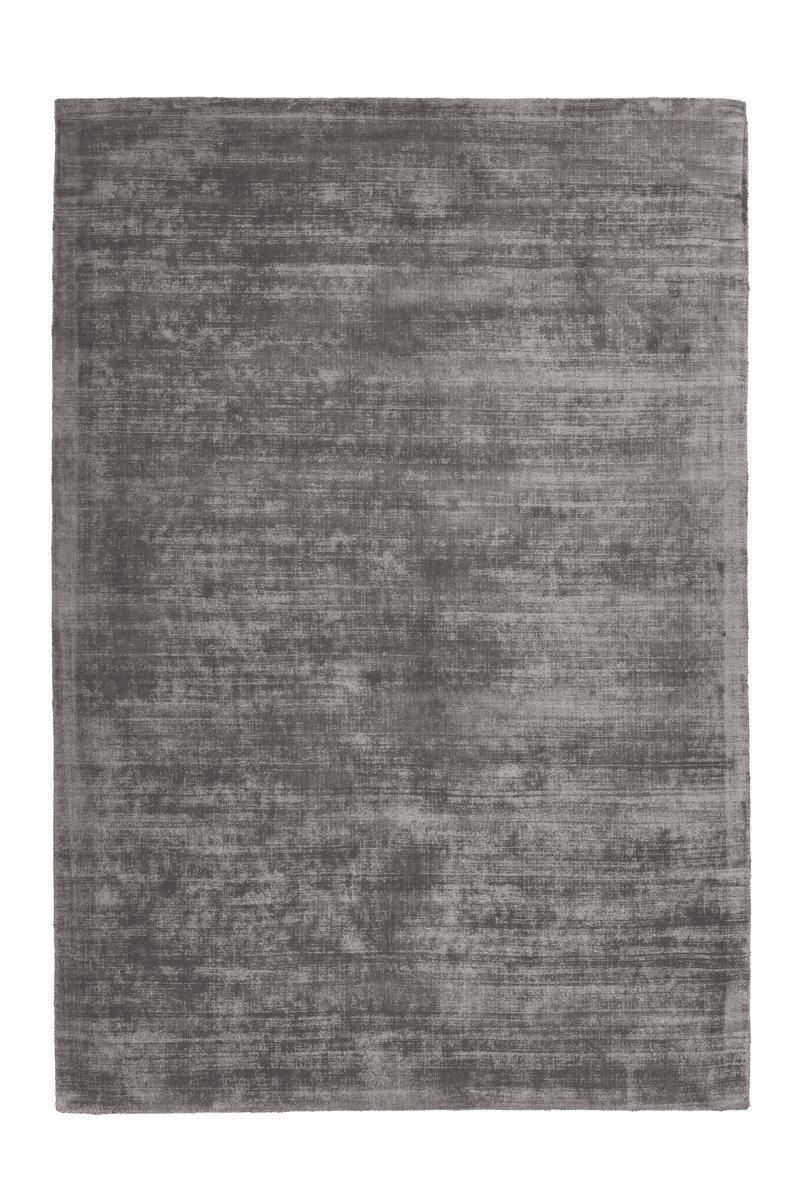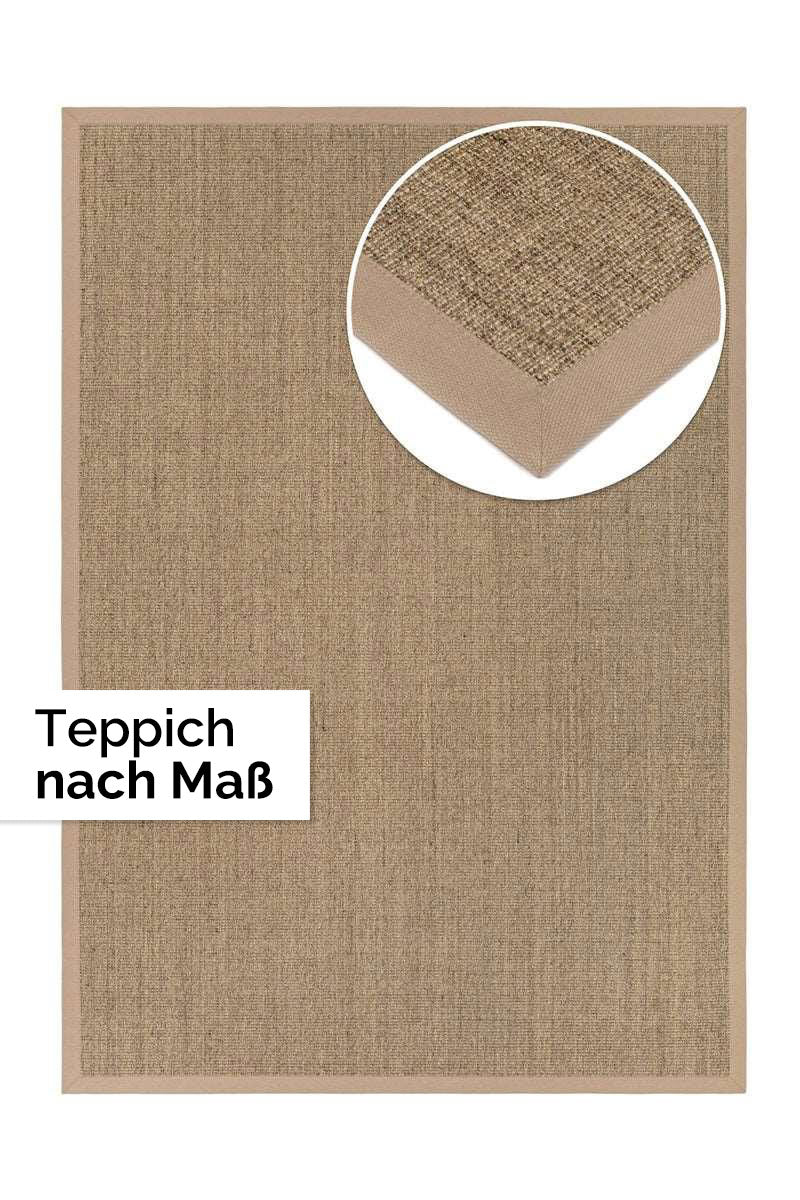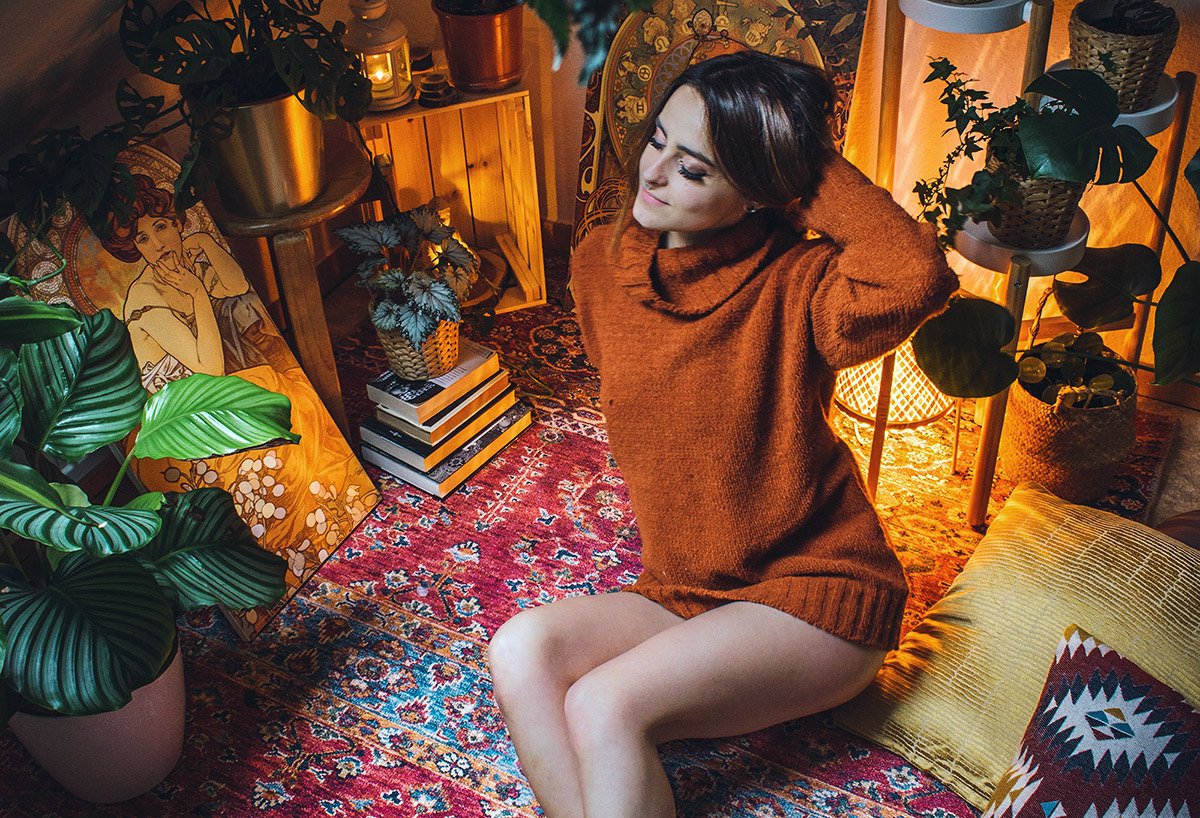
Oriental carpets once adorned the walls of luxurious throne rooms in imperial palaces before finally being used on the floor. To this day, the beautiful home textile has not lost its appeal. Oriental carpets are timeless and currently more popular than.
It's no wonder that oriental carpets are really hyped, because in addition to sound and heat insulating properties, they impress with their unique colourfulness, elaborate patterns and special aesthetics. What was once labeled as old-fashioned can now be found as an interior highlight in modern apartments in old buildings, rolled out on chic wooden floors.
The History of Oriental Carpets
The carpet is one of the oldest furnishings. The history of carpet weaving goes back to ancient times. There, oriental carpets were initially knotted by hand as tapestries. Only later did oriental carpets also find use on the floor. The oldest surviving carpet dates from the 5th century BC. In 1949 it was found in a grave in southern Siberia. It is believed that Persia was the birthplace of the first carpets.
At that time, expensive, luxurious oriental carpets were considered a status symbol for prosperity and wealth. Well-heeled kings had breathtaking carpets made of the finest silk, with gold thread and precious stones.
An old trend newly staged - oriental carpet meets modern loft
Centuries-old patterns and ornaments, finely detailed, can be staged in a variety of ways. There is a lot of scope for creativity, because oriental carpets can be combined with a wide variety of styles, such as modern loft, industrial or Scandinavian look. The contrast between completely different styles, the difference between old and new, modern and classic, creates an exciting overall picture.
Opposites that complement each other perfectly and appear harmonious and lively as a whole.
Proper care for oriental carpets
Dirt particles such as sand and dust should be removed from the beautiful oriental carpets by regular cleaning. This can be done with either a vacuum cleaner or a carpet beater.
Vacuum cleaner: The oriental rug should be vacuumed at least once or twice a week with a vacuum cleaner in the direction of the grain. The back, on the other hand, only needs to be vacuumed 1-2 times a year. With a vacuum cleaner, it is very easy to suck up both coarse and fine dirt particles.
Carpet beater: The carpet beater is also a good tool for effectively cleaning a carpet. Simply lay the oriental rug upside down on a meadow and tap the back with the rug beater.
More care tips for oriental carpets
Even exposure to the sun: The carpet should be turned 180° from time to time so that the sun's rays act evenly on the carpet. In this way, the carpet retains its uniform appearance.
Avoid Moisture: Moisture generated in poorly ventilated rooms or from equipment that emits water or water vapor should be avoided if possible. Moisture can cause the carpet to curl. If this is the case, the rug can be re-stretched by a specialist so that the oriental rug is not worn unevenly.
Fresh air: It is recommended to hang the carpets in the fresh air for 2 days every 3-4 months and to beat them several times. This gives the carpet a nice kick of freshness.
to remove stains
Chewing gum: Chewing gum is known to stick to surfaces outside of the mouth. So that the chewing gum can be removed from the carpet, it must be cooled down with an ice cube, for example. The chewing gum hardens in the cold and can be completely removed from the carpet.
Coffee: You should act quickly with coffee stains, because the quicker the stain is treated, the easier it is to remove. You can use detergent and sparkling water for this. Gall soap is often used for stains that have already dried. With both techniques, the cleaning agents are dabbed on carefully and not rubbed in.
Red wine: Red wine stains can be removed with salt or baking soda. The agent is dabbed on carefully (not rubbed) and washed out with water after it has worked.
General Tips
Professional cleaning: After 8-10 years, the carpet should be professionally cleaned.
Smooth floor finish: The rug should be laid on a smooth surface to avoid ripples.
